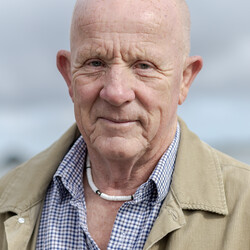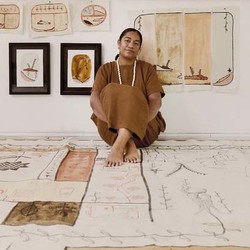Interview
B.
Bulletin
New Zealand's leading
gallery magazine
Latest Issue
B.21601 Jun 2024
Contributors
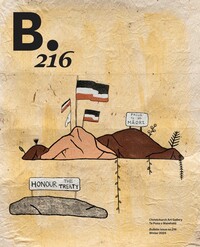
Interview
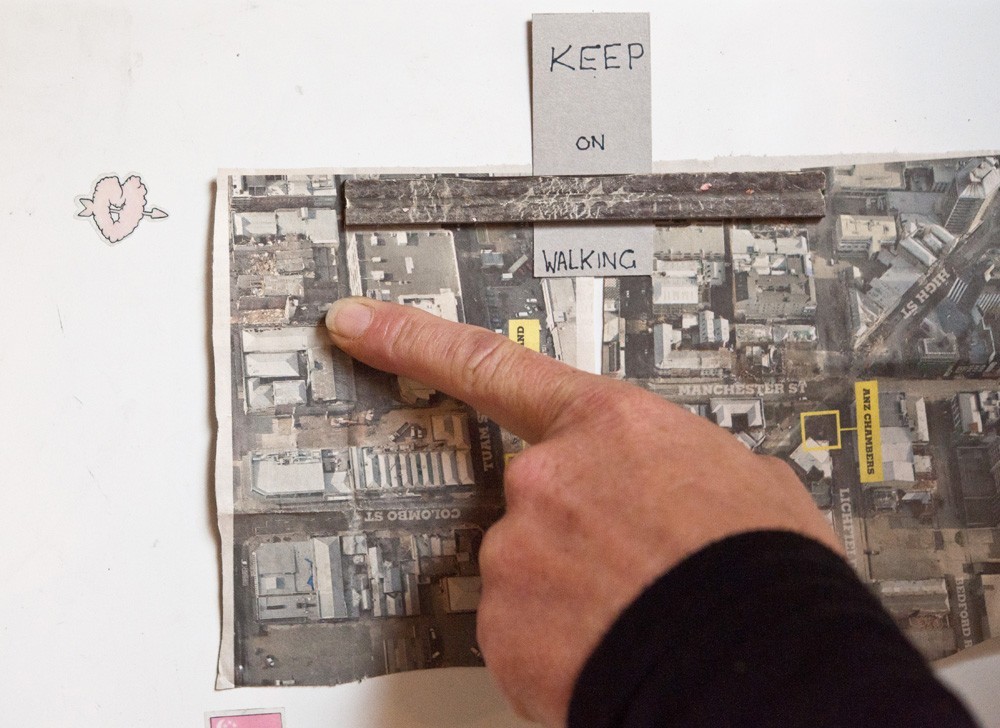
Rolling Maul
A lot of water, and Lord only knows what else, has flowed under the bridge since Justin Paton and I first hatched our plans for a fast-paced, post-quake showing of new work by local artists. Rolling Maul, so far, has been quite the antithesis of 'fast-paced', and despite our best efforts, it is yet to roll anywhere – rather it has been beset by the same delays, cancellations and frustrations as all of the Gallery's other in-house plans.
Our original concept, as outlined in B.165, was based around the use of one of Christchurch Art Gallery's ground-floor exhibition spaces, which we hoped to reoccupy as soon as they were no longer required as part of the City Council/CERA earthquake response. But as we are now only too aware, we won't be showing anything there any time soon.
Interview
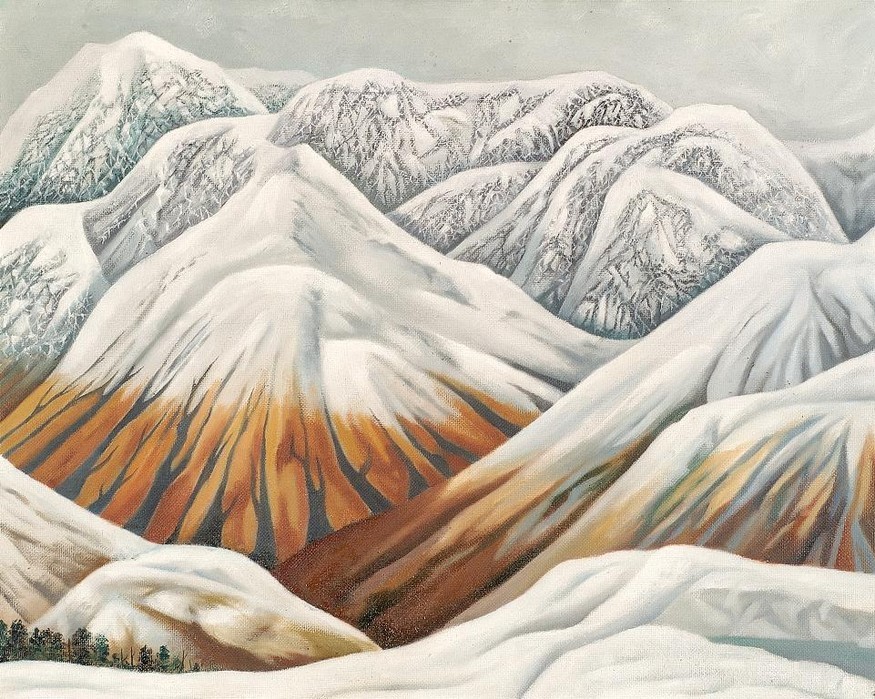
Talking Bensemann
Leo Bensemann was one of the most respected figures in the Christchurch arts scene, and played a pivotal role in influential arts collective The Group. Always something of an odd-man-out, he produced a large body of work across several different disciplines before his death in 1986. In an attempt to get a fuller picture of the man himself, Gallery director Jenny Harper spoke to two artists who knew him well, John Coley and Quentin MacFarlane.
Interview
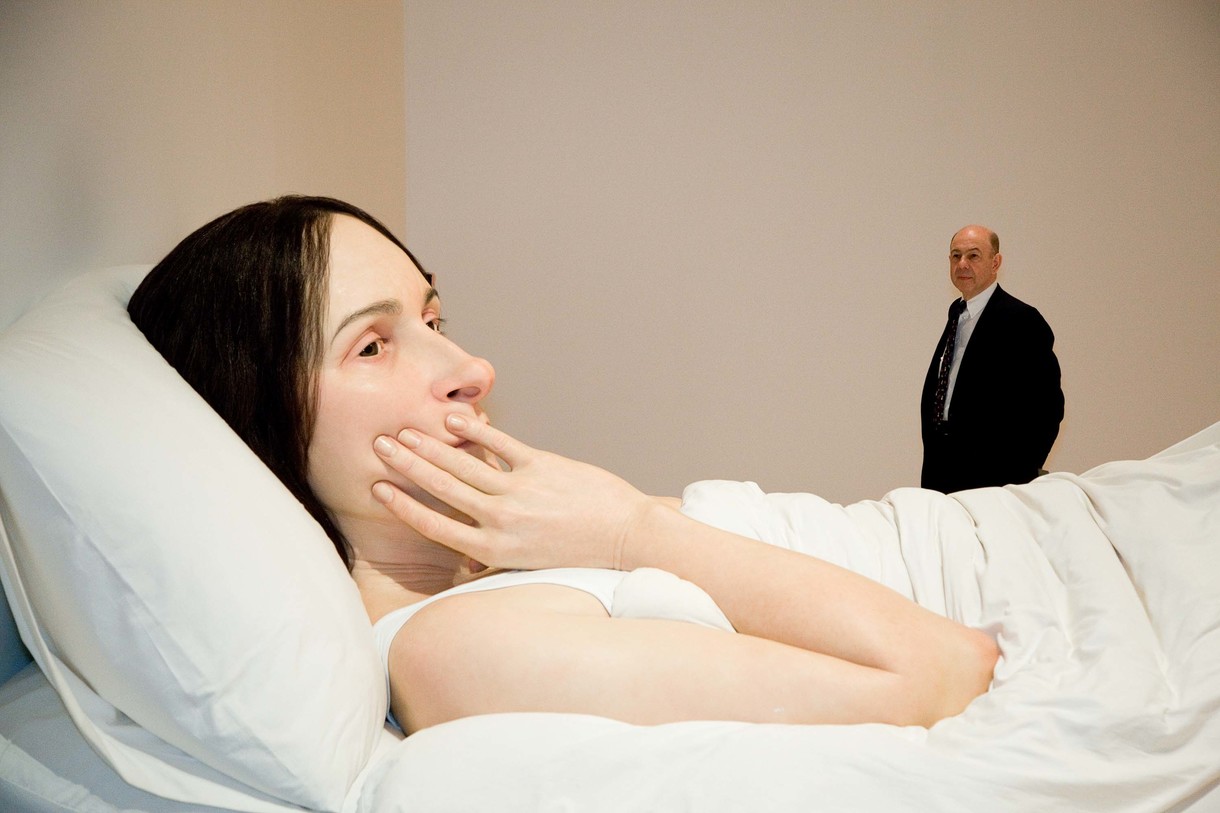
Inspiration and Consolation
In 2002, after two decades as one of the world’s most influential dealers of contemporary art, Anthony d’Offay closed the doors to his commercial gallery in Dering St., London. The years since, however, have been anything but quiet for him. In 2008, Tate and the National Galleries of Scotland acquired more than 700 works from d’Offay – a collection worth more than £125 million at the time, but acquired for the British public at its original cost price of around £27 million. Including works by Andy Warhol, Joseph Beuys, Gilbert and George, Damien Hirst, Jeff Koons, Agnes Martin and Anselm Kiefer, the line-up is remarkable. Just as remarkable is the way the works are now being presented, in the form of more than fifty ‘Artist Rooms’ which travel not just to high-profile metropolitan institutions like Tate but also to small and often underfunded regional galleries – so that viewers might encounter Diane Arbus in Nottingham, or Ed Ruscha in Inverness. In addition to his work curating the Artist Rooms, d’Offay has continued to work closely with just one artist from his Dering St. stable – Ron Mueck. Senior curator Justin Paton spoke with d’Offay about Artist Rooms, his own formative gallery-going experiences, and his thoughts on Ron Mueck and his sculptures.
